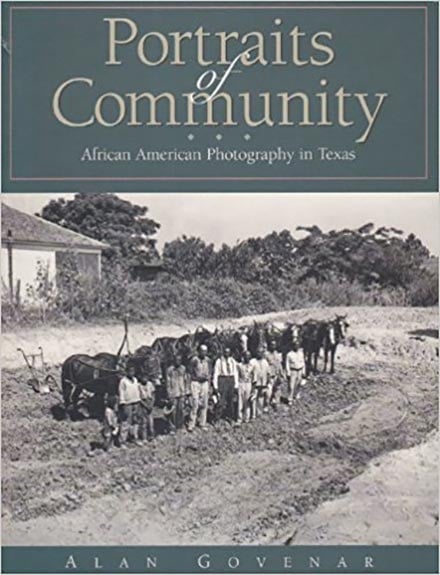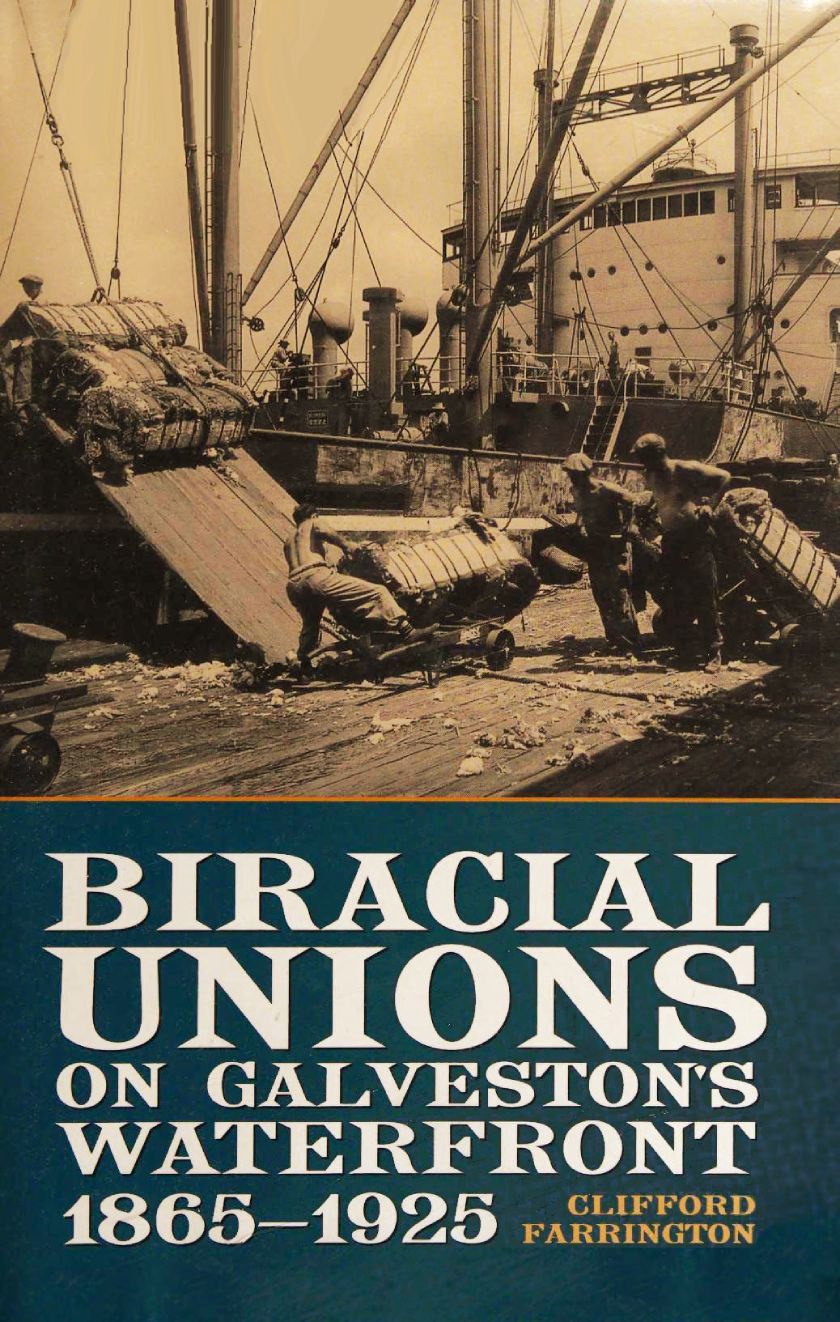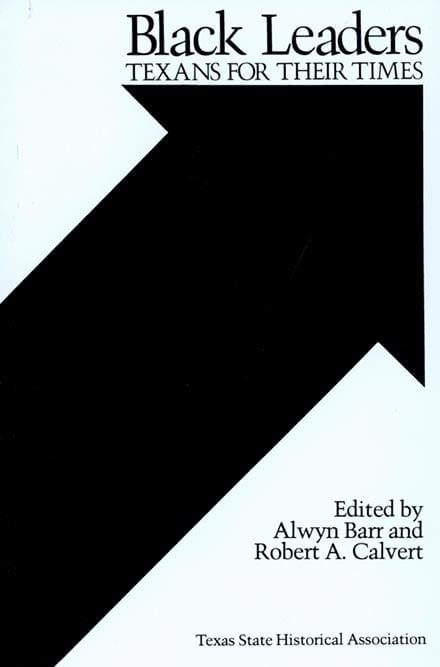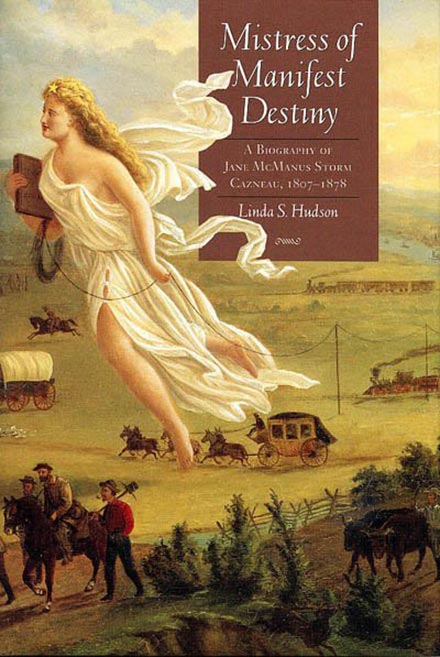The education of African American children during the late period of slavery, after 1800, was sporadic and unreliable in Texas as in other Southern states. Formal education was practically nonexistent for African Americans. Education most often consisted of on-the-job training in a variety of occupations. Before the Civil War most people believed education of African Americans would lead to discontent and rebellion. A few did support instruction and often volunteered their services. According to the census of 1850, 58,558 African Americans, representing 27.5 per cent of the population, lived in Texas. Fewer than 1 percent, or 397, were free, of which 217 were believed to be literate, 20 were in school, and 58 were illiterate adults. There are no actual statistics available on the 58,151 enslaved African Americans, but available data indicate that a portion of the slave population had been instructed in the basic rudiments of reading and writing.
In 1865 the United States Congress instituted the Freedmen's Bureau. The bureau's primary function was to supervise and coordinate a vast educational enterprise located in Texas, Maryland, Virginia, North Carolina, South Carolina, Georgia, Florida, Alabama, Mississippi, Louisiana, Arkansas, Kansas, Missouri, Kentucky, Tennessee, West Virginia, Delaware, and the District of Columbia. The bureau supervised schools offering classes from the elementary level through college. These schools provided a formal curriculum of arithmetic, reading, writing, history, and geography. In addition, a practical curriculum of civics, politics, home economics, and vocational training was provided. Most teachers were supplied by the American Missionary Association, with the majority initially coming from the Northern states. Soon thereafter, a few Southern Whites and educated African Americans were recruited to teach in these schools. In January 1866, Texas began with ten day and six night schools for Black children. There were ten teachers with a total enrollment of 1,041 students (many of whom were adults). Six months later, on July 1, 1866, the Freedmen's Bureau in Texas had ninety schools (including day, night, and Sabbath schools), forty-three teachers, and 4,590 students attending. John W. Alvord, the first and only inspector of schools and finances for the bureau, described Texas schools during this period as prosperous. He found that Texas freedmen's schools had needed only minimal assistance from Northern states and attributed this to what he perceived as the minimal impact of the Civil War upon the economic base of Texas. By the end of 1870 there were eighty-eight schools (both day and night) in Texas, eighty-five teachers of whom forty-four were African American, and 4,478 students. In addition, there were twenty-seven Sabbath schools with twenty-eight teachers (twenty-three were Black) and 1,350 students.
The advent of schools staffed by Northern White missionaries was not acceptable to all the Southern White population. Some persons, alarmed by mandatory acceptance of African Americans in state politics, were vehemently opposed to the Freedmen's Bureau and exhibited their resentment by burning schools and intimidating the missionary teachers. This attitude was not universal in Texas. The Texas teachers' convention of 1866, for example, passed a resolution urging training for the newly freed African Americans of Texas. Divergences of opinion and fluctuating attitudes were most distinctly revealed in legislative enactments from 1866 to 1876. The Constitution of 1866 provided that the "income derived from the Public School Fund be employed exclusively for the education of White scholastic inhabitants," and that the "legislature may provide for the levying of a tax for educational purposes." African Americans were taxed for "the maintenance of a system of public schools for Africans and their children." The Reconstruction legislature of 1870, by eliminating segregation, gave Texas a single educational system in which all children shared, but in 1873 and 1875 the state legislature repealed most of the laws of the Reconstruction period.
In 1871, Texas organized a public school system. The succeeding system, formed under the Constitution of 1876, reestablished the segregation of races but make impartial provision for each. Between 1873 and 1893 at black state conventions, African Americans from all sections of the state met to express their opinions, to delineate their needs, and to shape educational policies. Most significant were the Waco and Brenham conventions and the first meeting at Austin in 1884 of the Colored Teachers Association (see TEACHERS STATE ASSOCIATION OF TEXAS). The state Board of Education conducted its first survey of Black schools in 1921. At that time 6,369 pupils were enrolled for secondary work, the majority being in city high schools. By 1925 there were 150 institutions in Texas offering one or more years of high school work for African Americans; included in this number were fourteen city high schools, six or more country high schools, and high school departments in every junior and senior college. In the 1920s to 1930s the average length of the school term for Black children was only about four days shorter than that for White children. However, Texas spent an average of $3.39 or about a third less for the education of African-American students than for White students. During the same period, Black teachers were paid significantly less than White teachers ($91.60 a month, compared with $121.03). In 1940 there were 222,715 Black pupils in 116 accredited Texas high schools, twelve of which were rated by the Southern Association of Colleges and Secondary Schools. Approximately half of the 6,439 teachers had degrees.
The early 1950s marked several changes. These included improvements in school buildings and facilities, equalization of teachers' salaries, and an increase in funds for classroom instruction and libraries. The Texas Association of New Farmers of America, the African American equivalent of Future Farmers of America, had chartered chapters in 178 high schools, with a membership of more than 9,000 high school boys studying vocational agriculture. The operating headquarters for the New Farmers of America program in Texas was at Prairie View A&M University. The NFA state adviser was also stationed at Prairie View, where the staff of the school of agriculture, in cooperation with the state staff in agricultural education, sponsored and planned jointly such activities as the annual state NFA convention and state livestock and poultry judging contests. They also participated in various fairs, shows, contests, and conventions at local, district, state, and national levels.
The United States Supreme Court decision in Brown v. Board of Education (1954) outlawed segregated education and consequently had tremendous influence on programs of education for African Americans. Texas was one of the leaders in desegregation throughout the South. Two Black students had been admitted to previously all-White schools in Fiona, Texas, before the 1954 decision. Shortly after the 1954 decision, the San Antonio school district became one of the first districts nationwide to comply. San Antonio had the advantages of good race relations and an articulate policy statement. This desegregation process began in September of the 1955–56 school year. Though San Antonio's desegregation of its schools moved quite smoothly, other school districts, such as Houston's, were amazingly slow. In 1964 Texas accounted for about 60 percent of the desegregated school districts in the South and for more than half of all African American students attending integrated schools in the South. The progress of civil rights legislation and the process of school desegregation effected many changes in the education of Black children in Texas. In 1965 the New Farmers of America was merged with the Future Farmers of America. The annual state conference of African American teachers of vocational agriculture was discontinued. A similar change was made in the Four-H Club work of the Texas Agricultural Extension Service and in conferences of extension agents. Sponsorship of segregated participation in various fairs, shows, and contests was discontinued. By 1967, in the process of initial adjustment to the transition, the number of African Americans teaching vocational agriculture had declined 20 percent and the number in agricultural extension had declined 8 percent. This change was more than matched, however, by the increased employment of African Americans in professional positions that were formerly occupied almost exclusively by Whites.
From Reconstruction to the present in Texas, conflicts have abounded on the subject of educating Black children. The questions of what the schools should teach and who should control them have been foremost. Arguments persist about the effects of the quality of educational environments and resources on African American students' achievements on standardized tests such as the Texas Assessment of Academic Skills. Although Black students overall have greater difficulty than White students with the Texas Assessment of Academic Skills test, many educators attribute the problem to poverty and lack of educational resources. Legislation in the 1990s equalizing school financing may mitigate the problem. Another issue is that in many urban areas of Texas, resegregation appears to be occurring. In 1989, 63 percent of Black students in Texas still attended predominantly Black schools; this was exactly the national average (only ten states had higher percentages). It is impossible at the moment to assess the long-term consequences of this phenomenon. See also EDUCATION, HIGHER EDUCATION.








